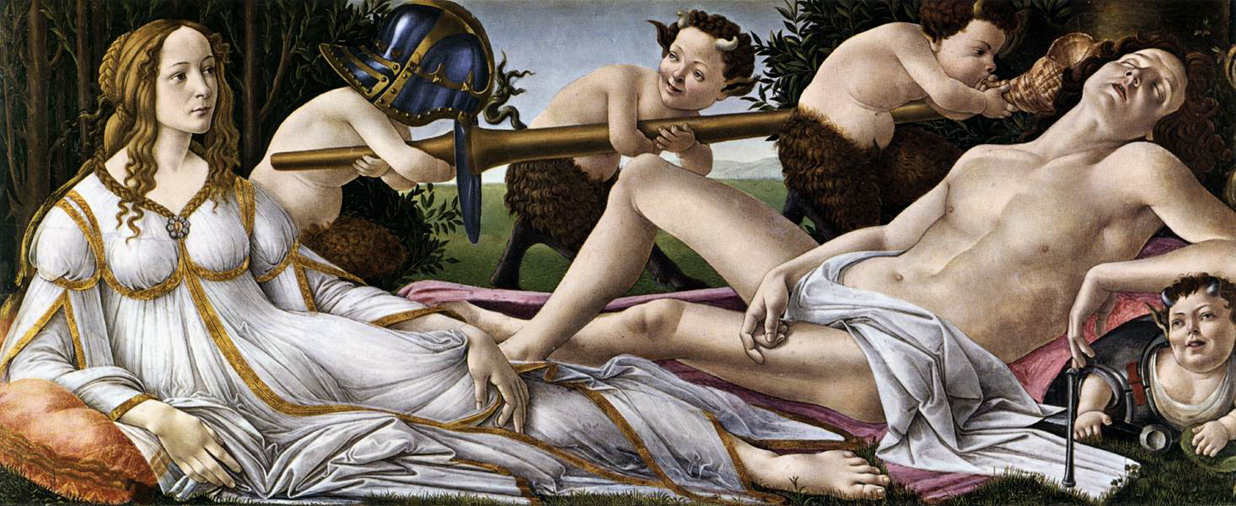
On the Paradigm Shift from Bronze to Iron
by Lee Duane FitzSimmons
A major paradigm shift occurred during the end of the Bronze Age as humanity began using less bronze and instead began to focus primarily on the use of iron. Human civilization was at a loss for several centuries because iron is not as strong a metal as the alloy of bronze; however, as carbon was added to iron, various alloys of steel were gradually discovered. Steel is stronger than bronze, and weapons produced with steel hold a sharp edge for longer periods of time; however, one of the major drawbacks to steel and iron is the brittleness inherent in both. Bronze is more pliable and will not snap under pressure as easily as iron and steel.
One of the other major drawbacks to the use of iron and steel in the production of goods is the fact that these substances easily oxidize and are susceptible to quick and substantial degradations of usefulness. Although bronze and copper form a thin coat of patina on their surfaces, they maintain their durability. All of this having been said, the production of bronze requires the rare metals of copper and stannum; steel only requires iron and carbon. Thus, it is very easy to see why steel eventually took the place of bronze as humanity shifted out of the Bronze Age of Venus and into the Iron Age of Mars.

This shift of metals can also be directly connected to the shift of religious paradigms as the worship that was centered around Venusian copper and Jovian tin gradually shifted to the solar worship of Mars and Apollo that was centered around iron and gold. The metal of copper is directly related to Venus and the serpent. In the ancient writings, the biliteral combination of the letters H and S form the foundations of the word that means both "copper" and "serpent." This word is formed from the three letters N, H, and S and is also used to denote the substances of brass and bronze, which are alloys primarily composed of copper. This etymologcial root forms the word used in Genesis 3 to denote the serpent, and its etymology can be seen in the English word hiss.
There is also a direct relationship between gold and iron that occurs in a mineral known as iron pyrite. This mineral is also referred to as fool's gold due to its appearance; however, there is a certain type of iron pyrite that is known as auriferous because it contains actual gold. This naturally occurring phenomenon supports the assertion that gold and iron are naturally connected. This naturally occuring phenomenon is the direct physical link between the iron of Mars and the golden energies of Apollo.
The worship of Apollo in the Iron Age is known to go back to at least 800 B.C.E. and is primarily associated with a philosophical quality known as “the golden mean.” This concept stresses moderation over excess. In fact, the term Apollonian stresses logic and order as opposed to the word Dionysian that implies mirth and chaos. In the ancient tales, Apollo is the slayer of the earth serpent (a symbolic figure associated with the Bronze Age). Thus, the basic components of the Apollonian paradigm were carried over from the polytheistic paganism of the Roman Empire as the Roman power base gradually shifted towards monotheism.
* * *
INDEX
 |
 |
 |
 |
 |
 |
HOME * BOOKS * SANCTUARY * BIOGRAPHY
JAZZ * SYLVAN * ELECTRONIC * SYMPHONIC * ROCK * REGGAE
Copyright 2014 by Lee Fitzsimmons